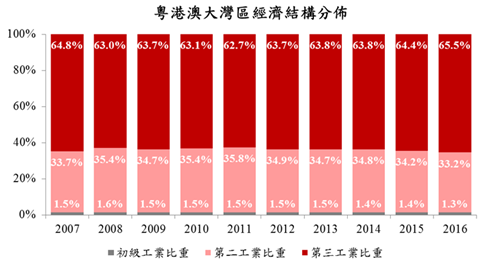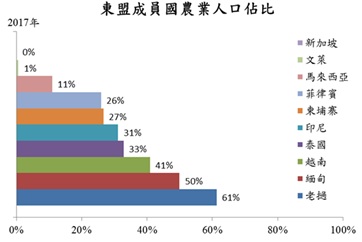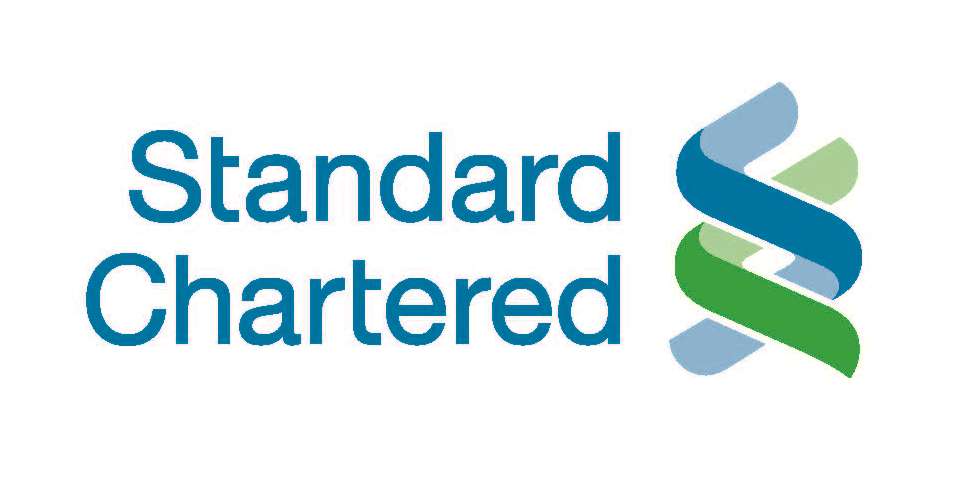How to safeguard your business while expanding along the Belt and Road?
Five key questions to ask when signing Belt and Road contracts
By the Hong Kong International Arbitration Centre (HKIAC)
China’s Belt and Road initiative is set to enhance investment along new economic corridors from Asia to Europe, which means a wealth of cross border business opportunities.
When capitalising on these new opportunities, businesses must however be mindful of potential risks as they prepare contracts. Concluding agreements between parties from countries with very different legal systems, political regimes and cultures, and at different stages of economic development, will inevitably present challenges – and a significant risk of legal disputes. Therefore, businesses must ensure that Belt and Road contracts include an effective dispute resolution clause, agreed upon by all parties. To do this, companies should consider the following five questions:
- Should an arbitration clause be included in the contract? Arbitration refers to a method of dispute resolution that results in a binding decision, or “award”, which is readily enforceable internationally. The process is conducted an internationally neutral setting. Arbitration is the most effective and commonly used means of resolving cross-border transactions. It allows parties to avoid the local courts of their counterparty and increase their chances of recovering any loss internationally. The right arbitration clause can help ensure the fair and efficient resolution of international disputes arising out of complex Belt and Road transactions. With an arbitration clause in the initial contract, organisations engaging in Belt and Road projects will have an important tool available to protect their business should a dispute arise.
- What kind of arbitration is right for the contract? An arbitration can be administered or ad hoc. Administered (or “institutional” arbitration) provides for a specialized, professional institution to help conduct and monitor the process. Institutions have tried and tested procedural rules available for parties according to which their case can be conducted. Administered arbitration is favoured for complex transactions and, in particular, where parties from Mainland China are involved as ad-hoc arbitration is not widely accepted in Mainland China. Ad hoc arbitration, on the other hand, is conducted without the involvement of a professional institution, so parties and arbitrators manage the process themselves.
- Which institution should administer the arbitration? Parties should choose an independent institution with a history of success in managing international cases, which offers mechanisms to increase efficiency and reduce costs. Arbitration institutions with strong China expertise can better bridge the different legal and cultural practices between Chinese and foreign parties, and increase prospects for the enforcement of awards in Belt and Road-related international disputes. HKIAC is such an institution.
- What is the seat of arbitration and where should it be? The seat of arbitration determines which laws apply to the procedure of the arbitration and, crucially, the “nationality” of the arbitral award. Companies will want to choose a seat with an independent legal system and a strong enforcement track record for arbitral awards internationally. Hong Kong is ranked as the third[1] most preferred and used seat of arbitration worldwide and the most favoured seat outside of Europe. This is due to its world-leading arbitration legislation, neutrality, large pool of multilingual professionals, independent and sophisticated judiciary and the pro-arbitration stance that its courts consistently adopt. The fact that Hong Kong is simultaneously part of China and an autonomous special administrative region with a mature and reliable legal system based on the English system, makes it a particularly strong choice for Belt and Road contracts.
- How can the final decision from the arbitration be enforced? By virtue of an international convention known as the New York Convention 1958 to which over 150 countries are a party, arbitral awards are enforceable almost all over the world and certainly in all major economies. As a result, arbitration is a much better option than litigation in national courts for enforcement purposes (because domestic judgments cannot be easily enforced overseas). Awards made in Hong Kong are directly enforceable in more than 150 jurisdictions including Mainland China, and Hong Kong and HKIAC awards have an excellent track record of enforcement globally and one of the highest records of enforcement in Mainland China.
While the ultimate goal is to capitalise on Belt and Road business opportunities, businesses must also be ready to act in their best interests if disputes arise. With a well-drafted arbitration clause in the contract, companies will be better prepared and well positioned to reap maximum value from Belt and Road projects while protecting their business.
[1] Queen Mary University of London, 2015: http://www.arbitration.qmul.ac.uk/research/2015/

As one of the world’s leading commercial dispute resolution service providers, the Hong Kong International Arbitration Centre (HKIAC) will play a leading role in resolving commercial disputes arising out of the Belt & Road Initiative (OBOR).
Specialising in arbitration, mediation, adjudication and domain name dispute resolution, HKIAC maintains one of the largest caseloads in the Asia-Pacific region, having handled over 9,000 commercial cases since its establishment in 1985.
OBOR is set to generate a significant increase in cross-border commercial opportunities between Chinese investors, their local partners and host governments in the OBOR region. Such opportunities come with risk, HKIAC has a reliable and well-tested system for efficiently handling disputes arising under commercial contracts between OBOR parties.
HKIAC’s Administered Arbitration Rules have provisions that can be strategically used to control costs and increase efficiency for resolving construction, joint venture or project finance disputes between Chinese investors and their OBOR contractors, and expedited procedures are available for low value disputes or where urgent relief is required.
Protect your investment and mitigate risk in OBOR projects by selecting an HKIAC dispute resolution clause that will provide for the reliable resolution of disputes through settlement or a binding decision that is enforceable in over 156 countries worldwide.





 The Belt and Road Initiative (BRI) undoubtedly offers tremendous opportunities for countries along each of the corridors and for the countless organisation who will play a part in its progress. Yet the project also faces a number of issues that will be critical to the eventual success of the initiative, not least the challenge of social acceptance.
The Belt and Road Initiative (BRI) undoubtedly offers tremendous opportunities for countries along each of the corridors and for the countless organisation who will play a part in its progress. Yet the project also faces a number of issues that will be critical to the eventual success of the initiative, not least the challenge of social acceptance.